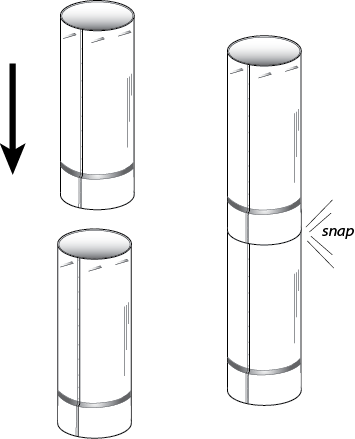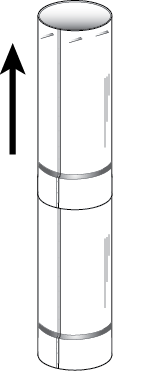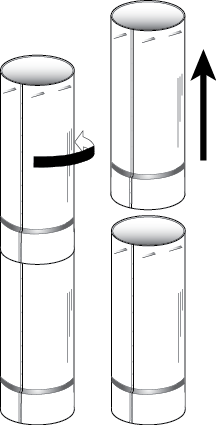Using the AirJet Snap-Lock System
Product Categories
Using the AirJet Snap-Lock System
Introduction
AirJet’s snap-lock design is deceptively simple. It is so easy to use in fact, that many first time installers attempt to over-complicate it. Here we describe both assembly and disassembly of AirJet pipe and provide troubleshooting instructions.
Assembly—for shorter pieces
|
 |
Assembly—for longer pieces
|
 |
Disassembly—for shorter pieces
|
 |
 |
Disassembly—for longer pieces
|
Troubleshooting
If the product does not assemble as easily as depicted here, it has likely come out of round or become otherwise damaged in shipment.
- Inspect both the male and female ends of each section you are trying to connect.
- The male end should be smooth and round. An oblong shape denotes that it has been crushed in transit. For minor damage you may be able to apply force in the right locations to correct. Otherwise, report the damage to the shipping company.
- The rolled edge, a common feature of all AirJet pipe, should have a consistent thickness. A rare manufacturing defect can account for an uneven rolled edge.
- On the female end, look for the same oblong shape problem. Also, check the inner wall, where applicable. It may have become pushed up against the outer wall or have other damage such as a bent seam.

© 2026 Continental Industries. All rights reserved. 100 West Windsor Avenue - Elkhart, Indiana 46514 - (574) 262-4511